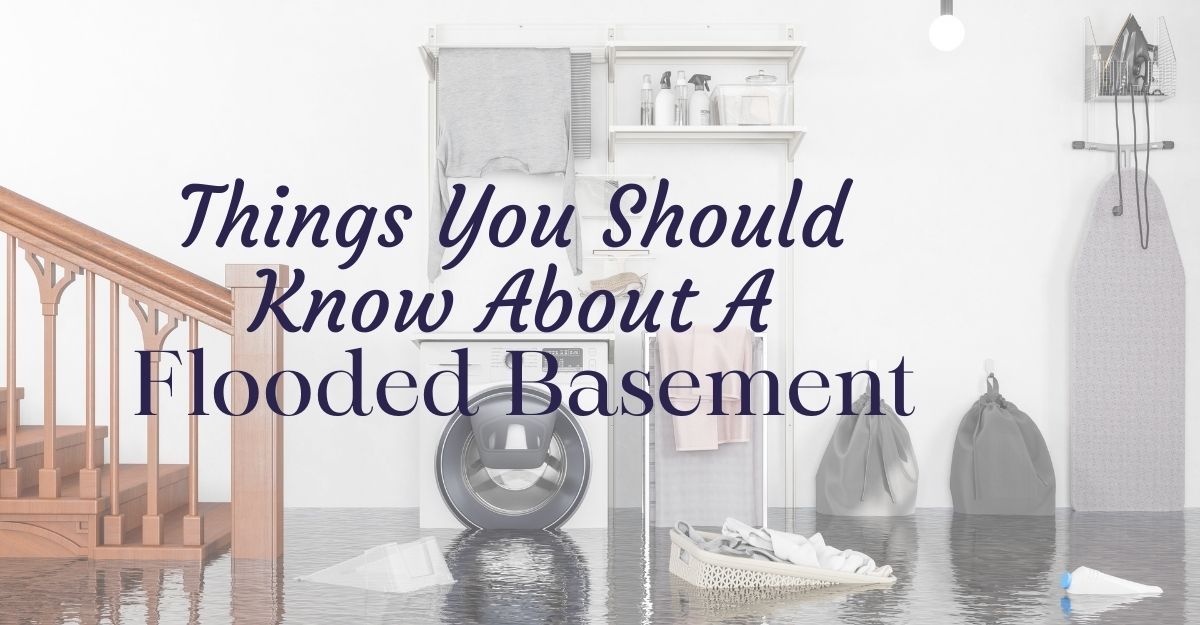Losing a home or property is a really scary thought and will make every homeowner anxious. A fire can instantaneously start and continuously rage until its fuel source is exhausted, ruining homes and property, causing injuries, and even taking lives in an instant. According to the National Fire Protection Association (NFPA), there are over 350,000 home structure fires a year countrywide, causing almost $7 billion damages. Also, more than 2,500 civilian fire deaths and 12,300 civilian fire injuries happen yearly which is worse than property destruction. It’s still best and necessary to have a basic understanding of how fires burn, the different types of fire, and the dangers to watch out for to prevent a fire-related loss catastrophe.
Types of Fire
Fires start or burn differently. The differences between oil and gas fires, electrical, spontaneous combustion, and chemical are consequential. Here are the three types of fire.
1. Oil and gas fires
They often involve flammable or combustible liquids like natural gas or class II and class IIIB combustible liquids. Examples of class II combustible liquids are fuel oils like kerosene. They have a flashpoint or the temperature at which a fire can ignite above 100°F or 37.778 °C. Those that have a flashpoint of above 200°F are classified as class IIIB combustible liquids. This include animal oils, vegetable oils, glycerin, and hydraulic fluids.
According to the NFPA, more than 50,000 fires start as a consequence of flammable gas while more than 160,000 fires start as a consequence of flammable or combustible liquid annually. When flammable and combustible liquids and gases combine, the worth of property damage is more than $2.1 billion and deaths every year are more than 600.
2.) Electrical fires
This takes in any fire that begins as a result of malfunctions in electrical systems or equipment. Due to an electrical failure, the ignition of home structure fires reaches more than 45,000 every year. Resulting in more than $1.4 billion worth of property damage and accounting for more than 400 deaths and 1,300 injuries according to the NFPA. The most usual types of equipment to malfunction and start a fire include heaters, air-conditioning units, fans, washers, and dryers. Cords, plugs, and wiring malfunctions mostly result in deaths.
3.) Spontaneous combustion and chemical reactions
According to the NFPA, there are more than 14,000 fires every year due to spontaneous combustion and chemical reaction. The exact cause of ignition of this type is often hard to ascertain. But, spontaneous heating is oftentimes the accelerator. When a material’s temperature steps up without pulling heat from its surroundings, spontaneous heating occurs. Burning dried hay in the scorching sun is an example.
Oily rags are responsible for the most fires. Other materials that are usually known to spontaneously combust include trash, agricultural products, and hay.
Elements of Fire
There are three elements required to kindle fire and strike-a-light:
- First is HEAT—> Examples of usual heat sources are a burner, hot stovetop burner, a spark from a ragged electrical wire, or a cigarette.
- Second is FUEL—> Everything in your home can start and fuel a fire. The heat creates warm nearby items as fire burns, making it easier for them to start burning.
- The third is OXYGEN→ The oxygen assists the chemical processes that happen during a fire.
Other Fire Dangers
Deadly heat levels are not the only danger of fire. There is an increment level of carbon monoxide and carbon dioxide and also damaging levels of chemical or thermal irritants during a home fire. These can actually damage a person’s respiratory system and can cause death.
- Carbon monoxide is an odorless and colorless gas that can be so harmful and it could kill. It’s also the chemical result of incompletely burned fuel sources like gasoline, oil, and wood. Early signs of carbon monoxide poisoning may include dizziness, weakness, headache, and confusion. High levels of carbon monoxide can cause loss of consciousness and can lead to death. If carbon monoxide levels increase, it would be more difficult for people to find a loophole in case of fire.
- Carbon dioxide is made from chemical reactions that occur during fires. People often experience respiratory issues if there’s too much of it in the body.
- Smoke inhalation can make the mucous membranes and lining of the respiratory tract irritated, according to Healthline. It may cause difficulty of breathing, swelling, or collapse of the airway. Often found in smoke are chemical irritants such as ammonia, hydrogen chloride, chlorine, and sulfur dioxide.
Fire Damage Restoration
Fires can be deleterious and a powerful force. To protect your home and loved ones, understand the common types of fire, its precautionary measures, and the extent of the danger. But, in case your home suffers from fire damage, don’t hesitate to contact Superior Restoration. We, at Superior Restoration, will ensure to restore your home to its safe and habitable condition.
Our trained experts are here to help you get back into your home in the quickest way possible. Just contact us today, Water Damage Ontario. We are on call 24/7.




